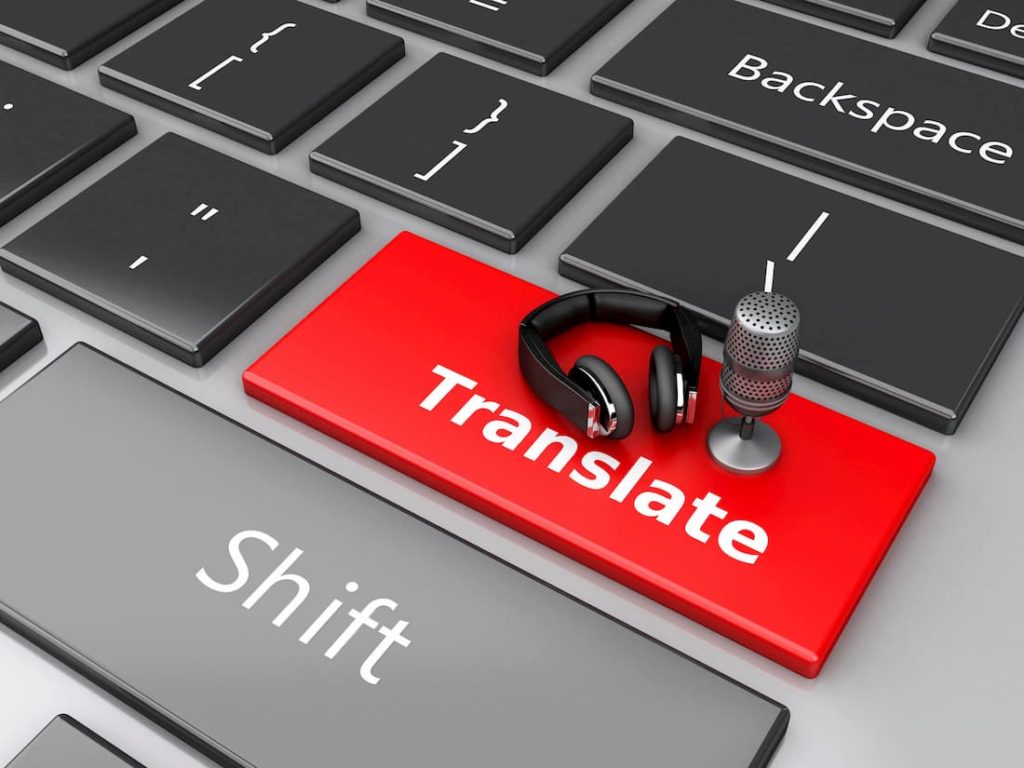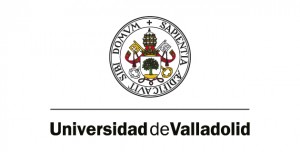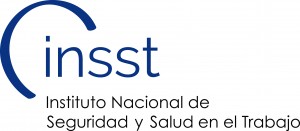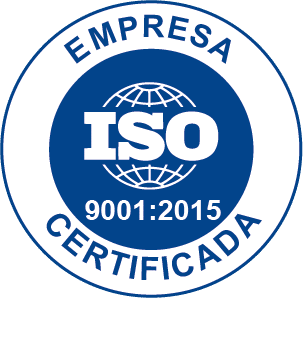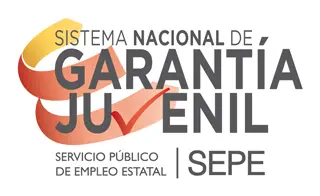What is post-editing?
Post-editing consists of modifying, correcting and reviewing a text generated by a machine translator in order to increase its quality. This process is necessary when using this type of translators, as they often produce erroneous translations due to their poor registering capacity. Likewise, a text translated without any human factor can never be considered a good translation. No matter how much artificial intelligence a machine has, it is incapable of maintaining the essence of the source text in the same way a professional translator can.It is important to differentiate between pre-editing and post-editing. In the pre-editing process, the text is modified before it is automatically translated. However, in the post-editing process, the automatically produced text is corrected and proofread.It is clear that after a machine translation is done, proofreading must be carried out. Post-editors are in charge of this job. This includes reading, correcting and refining the machine-translated text. In this way, the post-editor takes care of improving the quality of the final translation.
What are its functions?
As mentioned above, post-editing is used to create a flawless translation after a machine translation has been carried out. In fact, post-editing makes the job easier, as the translator saves time and gains speed. At the same time, translation costs are also reduced. However, it should be borne in mind that not every type of text is suitable for machine translation.Nowadays, many translation companies are adding the post-editing process to their translation services. This is because, although it may not seem like it, post-editing is a type of specialty. At the same time, it is a way to save both time and money.
Aspects to be taken into account in post-editing
Generally, post-editors are responsible for proofreading and correcting minor errors in machine translations during the post-editing process. Therefore, several aspects must be considered.On the one hand, attention should be paid to terminology. If machine translation is used, it may not identify what kind of specialized terminology is contained in the text. Consequently, the terminology must be checked and corrected by post-editing. This way, both the text and its vocabulary will be consistent.On the other hand, the context must be taken into account. As machine translators’ translations are often incomplete, there are many contexts that they do not distinguish. Likewise, there are many cases in which they translate expressions incorrectly. For this reason, post-editing is an essential process. This allows errors to be detected and the intention of the original text to be properly conveyed.Visit our profiles on Facebook, Instagram y Linkedin
